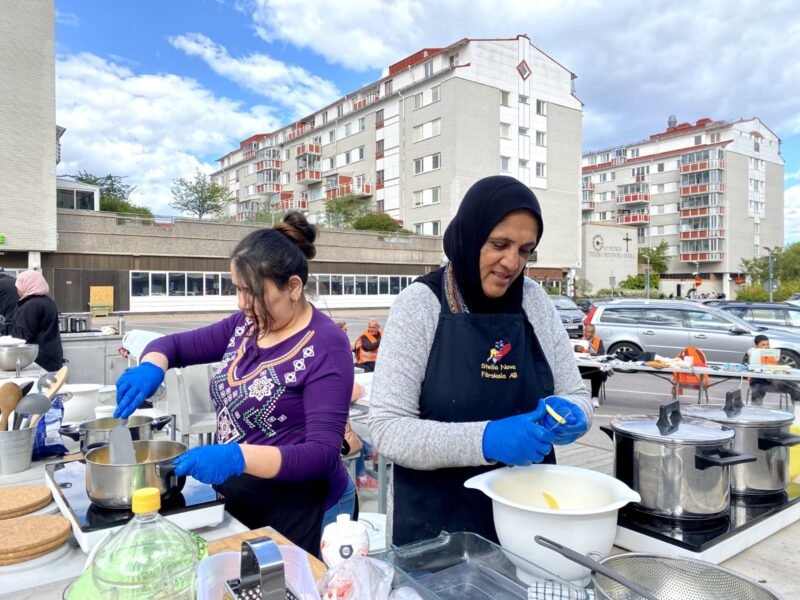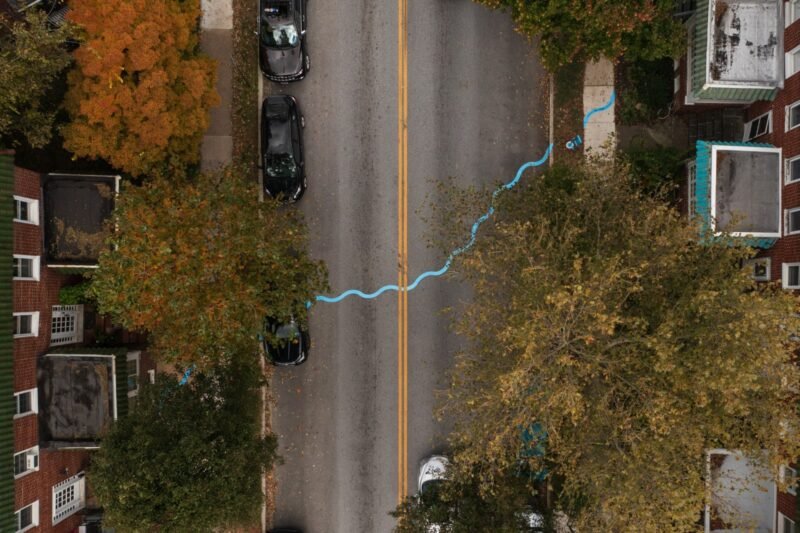Urban Regeneration, One Dance Floor At A Time
Most of us probably didn’t have a clear picture of Christchurch in New Zealand before pictures of the ruined city where everywhere on the news after the earthquake in 2011. Since then, the city has changed quite a lot — not only due to the huge rebuilding efforts required by urban planners, but mainly due to city-making initiatives from the people themselves.
After the earthquake which destroyed the city by a huge amount, people realized that the destruction also left wide open a huge potential for change. The earthquake served as a catalyst for transforming Christchurch into an ‘urban laboratory’.


Cue the Dance-o-Mat — a mobile dance floor equipped with four speakers, which run for 30 minutes after inserting $2 into a converted washing machine. One has only to plug in his/her own music device (phone, iPod, MP3 player). The pop-up dance floor has changed its location four times so far, but it was always set up similarly: small fencing, paint for the unique design, little flags for colorful decoration, and spotlights.


The project was created by urban regeneration initiative Gap Filler in order to re-activate the central city. Even though some people were very skeptical of this project, it was the most successful among many other bottom-up projects in Christchurch that made the most of vacant spaces. Flamenco, salsa, belly-dancing and breakdance classes were only some of the activities, with the Superhero Dance Squad being the most famous one.
The Dance-o-Mat, and many more community initiated projects, can be summarized under the term Adaptive Urbanism. It means that residents, community groups, artists and many more engaged people start to take action towards designing, activating and revitalizing their cities from a bottom-up approach in opposite to ‘regular’ city-building where city-planning or city-development is most of the time a top-down process.



